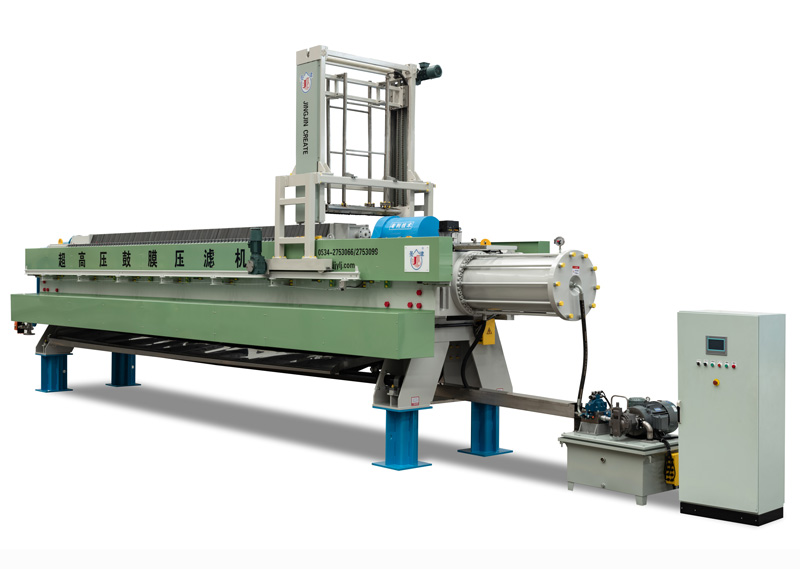Sludge dewatering is the process of separating solid particles from liquid in sludge, which is a byproduct of wastewater treatment. The goal of sludge dewatering is to reduce the volume and weight of the sludge, making it easier and more cost-effective to handle and dispose of.
There are several methods used for sludge dewatering, including:
Filter Press: As I mentioned earlier, the filter press is one of the most common methods used for sludge dewatering. The sludge is pumped into the press and pressure is applied to separate the liquid from the solid material.
Centrifugation: This process involves spinning the sludge at high speeds in a centrifuge, which separates the solid and liquid components. The liquid is then drained off and the solid material is removed.
Belt Filter Press: In this method, the sludge is passed through a series of rollers that squeeze out the liquid, leaving behind a cake of solid material.
Drying Beds: Sludge is spread out on large, shallow beds and allowed to dry under the sun. The water evaporates, leaving behind the solid material.
Thermal Drying: This process involves heating the sludge to evaporate the water content. The resulting dry material can be used as fuel or fertilizer.
The choice of method depends on several factors such as the volume of sludge, type of sludge, and available resources. Each method has its own advantages and disadvantages, but they all aim to achieve the same goal of separating the liquid from the solid material in sludge.
sludge dewatering filter press from jingjin filter press
A sludge dewatering filter press is a type of filter press used to separate solid particles from liquids, particularly in the process of sludge dewatering. Sludge is a byproduct of wastewater treatment and can contain a high concentration of solids, which makes it difficult to handle and dispose of.

The filter press works by applying pressure to the sludge mixture and forcing the liquid to pass through a series of filter plates, leaving behind a cake of solid material. The plates are typically made of plastic or metal and contain a filtering medium such as cloth or paper.
The sludge is first pumped into the filter press, where it fills the spaces between the plates. Then, pressure is applied to the sludge, which forces the liquid to pass through the filter medium and out of the press. The solid material, or cake, remains behind on the filter plates and is then removed for disposal or further treatment.
Sludge dewatering filter presses are commonly used in municipal wastewater treatment plants, industrial facilities, and mining operations. They offer an efficient and cost-effective way to separate solids from liquids and reduce the volume of sludge that needs to be handled and disposed of.

